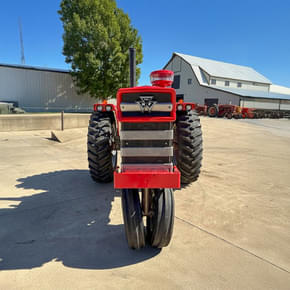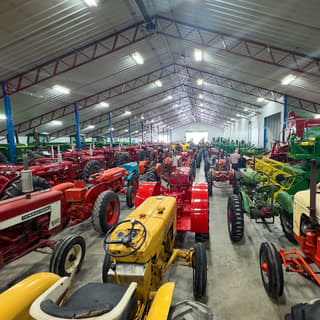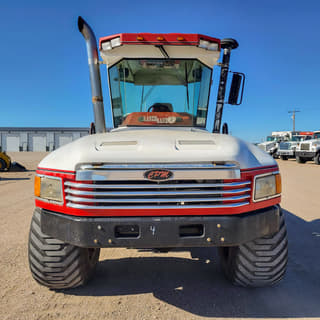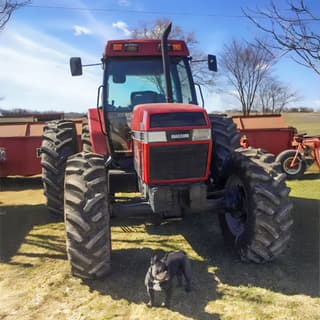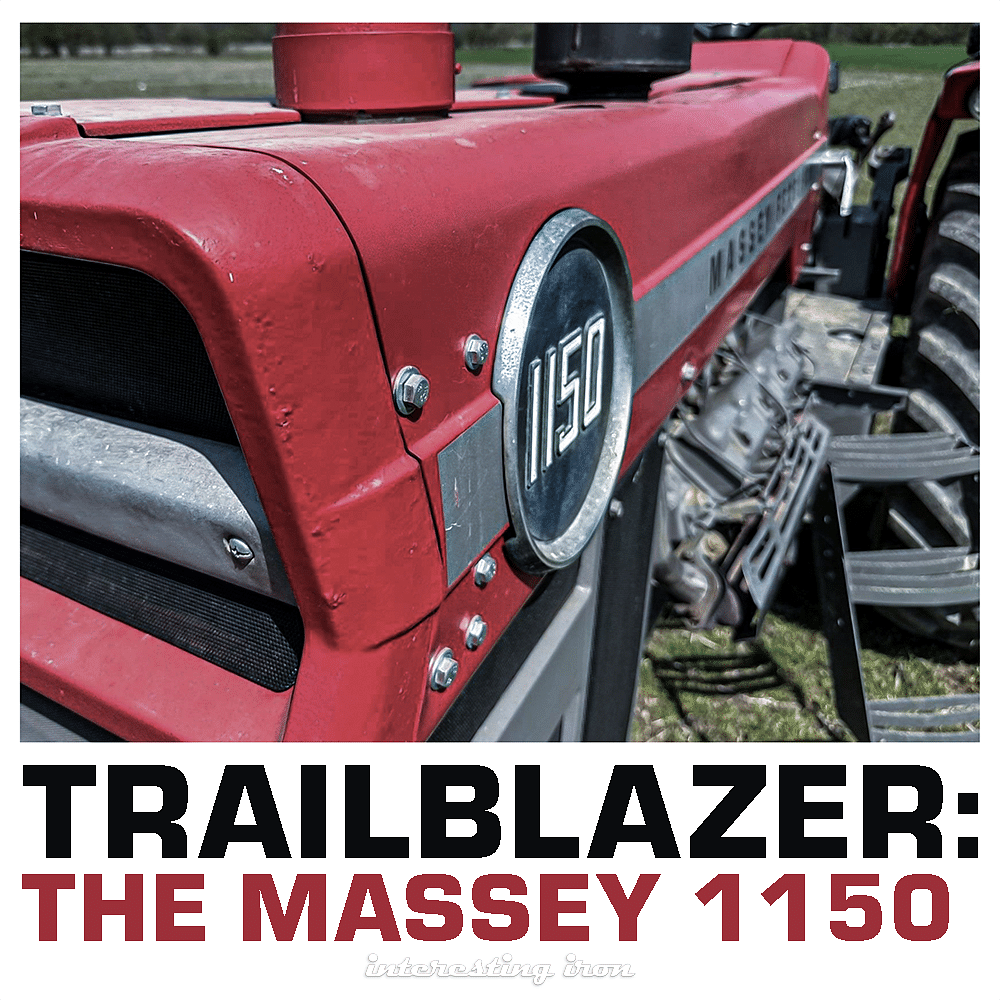
For those of you thinking that this was going to be all about Travis Kuhns’ Trailblazer Massey pro stock…sorry. It’s not. (It is, however, related.)
Instead of tractor pulling, let’s talk about the Massey 1150. First, because it’s a cool tractor, and one of the most sought-after Masseys ever built. Second, because a man called Matt is selling one at a Michigan auction next week. Details below.
Auction Date: June 6, 2023
Auctioneer: Albrecht Auction
Format: Online (Bidding is open now)
Location: Greenwood Twp., MI
TZ Auction Listing
However, before we talk 1150s, here’s a photo of Travis doing pro stock things. Y’know, just because I brought it up and all…
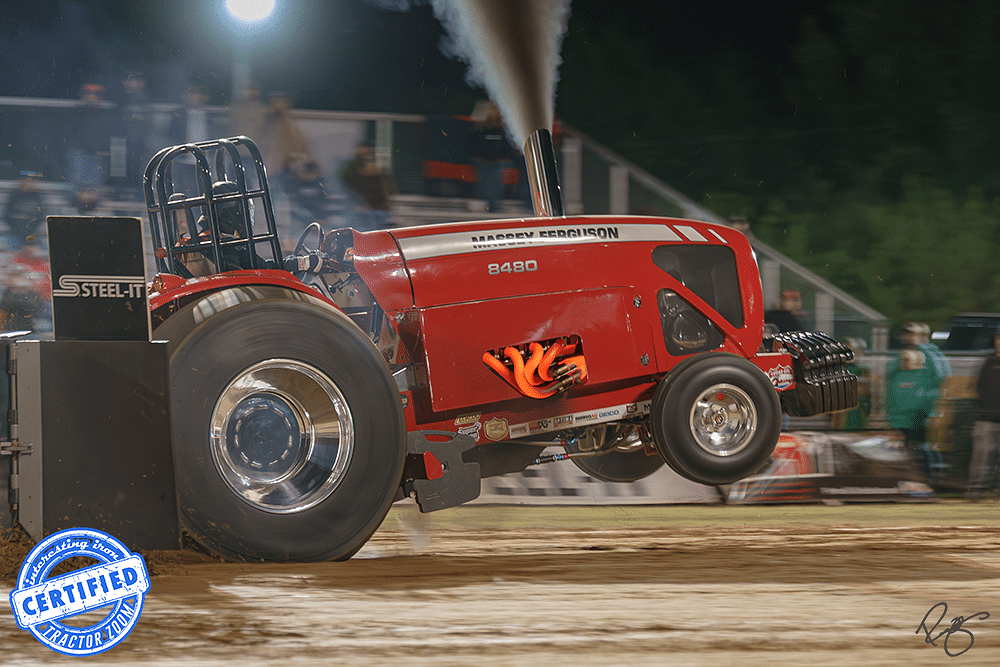
The Red Giants
Massey Ferguson had made quite a name for themselves in the 60s. They’d purchased Perkins in the late 50s, giving them an in-house engine option, and taken most all of their manufacturing in-house. Furthermore, in the mid-60s, they’d launched a very successful line of tractors – the 100-series. These small three and four cylinder tractors, dubbed “Red Giants” because of their versatility and ability to punch way above their weight class, were global best-sellers.
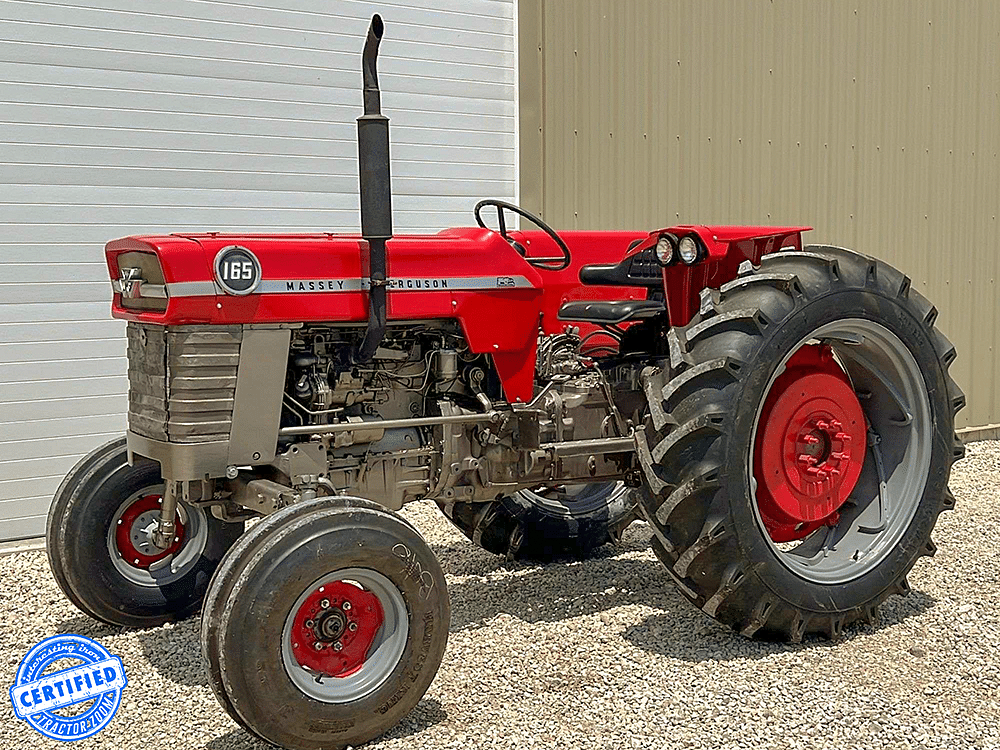
At the same time, Massey also debuted the big brother tractors – the 1100 and 1130 row crops. They were both six cylinder tractors (the 1100 was naturally aspirated, the 1130 had a turbo), a 12-speed partial powershift (they called it Multi-Power), and featured the same great styling of the smaller models. Their sales numbers were fairly good here, and very good across the pond. Farmers in the UK really loved them, and they still do today!
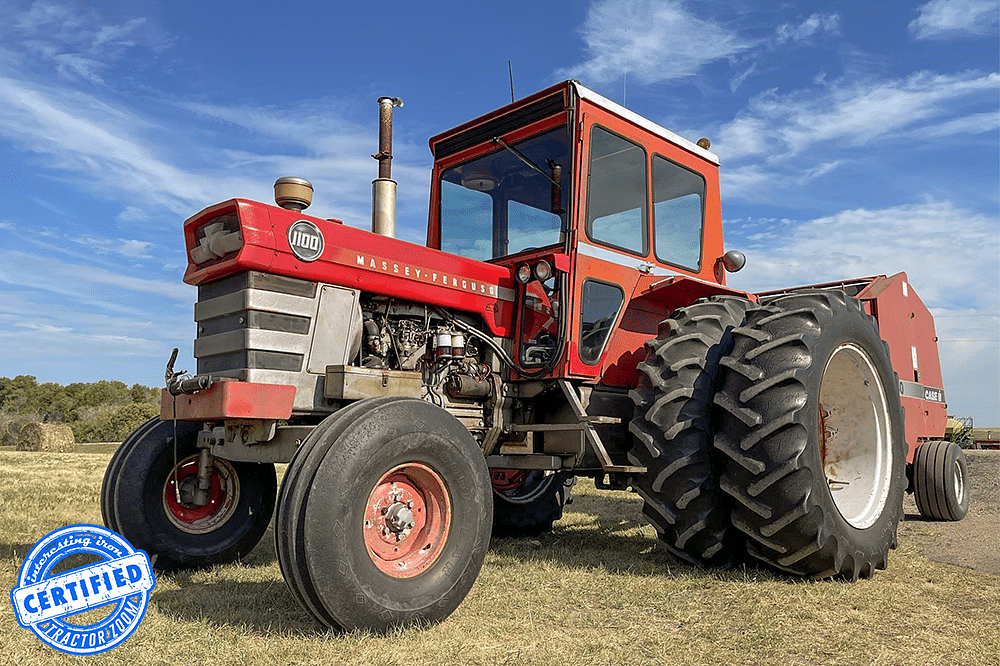
But by the late 60s, Massey had fallen behind a little bit, and they’d fallen behind in the horsepower race. They needed something new and exciting to pick up sales a little bit in the States. However, they weren’t keen on putting a brand new tractor together, as that would take time, testing, and money. So they started looking at options, and in 1969, they settled on a plan.
Enter the Massey 1150 – a U.S.-only tractor that turned out to be the giant-est Red Giant of ’em all.
The Maxi Massey: the 1150.
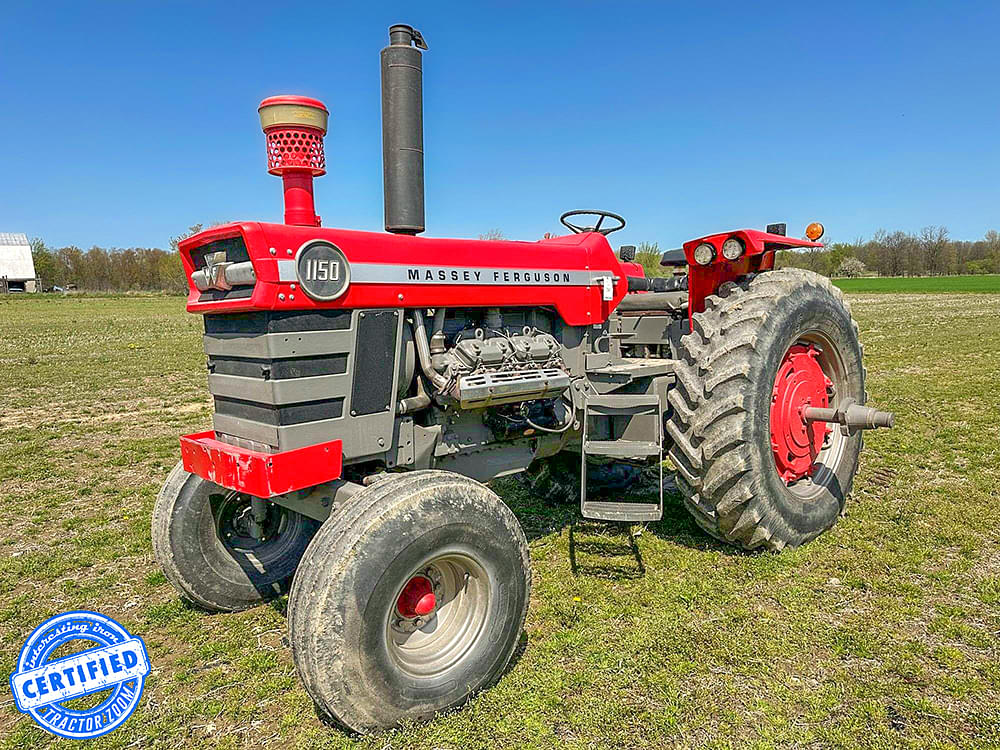
With a wide variety of diesel engines on the shelf at Perkins, engineers had the freedom to choose the best fit for the Massey 1150. Ultimately, they opted for the V8.510, a naturally aspirated V8 originally designed for city buses. This 510-cube engine had an undersquare bore/stroke ratio of 4.25×4.5, which made it very smooth, and provided quite a bit of low-end grunt. Although the stock rating of the engine was 170 horse, engineers turned it down a little for the big Massey.
It was a gutsy move; nobody had ever shoehorned a V8 into a row crop 2WD before. However, Massey was hungry. They wanted a seat at the big boys table in the States, and they were willing to blaze a new trail to get it. They were confident in the 1100-series chassis and driveline, and the 510 Perkins was a solid engine that had been tested hard. It was a best of both worlds situation, y’know?
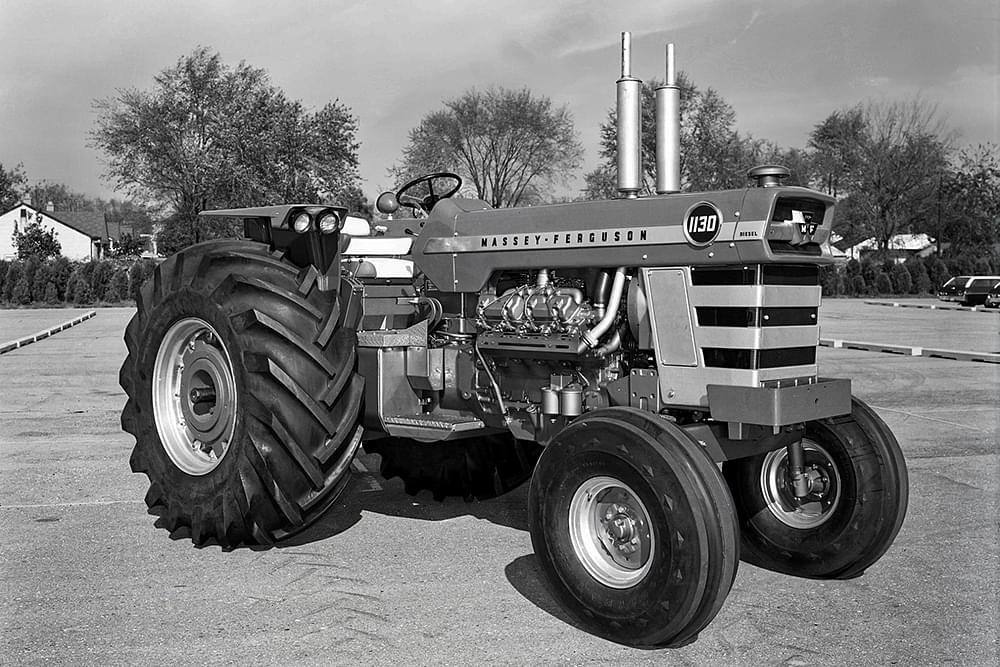
As it turned out, the gamble paid off. The Massey 1150 turned 135.6 horse on the PTO at the Nebraska lab in September of 1970, and that was enough to knock IH’s factory-built hot rod off the pedestal by 4.5 horse! As a result, the tractors sold fairly well, too.
Industry-wide implications…
Over time, history has shown us that generally speaking, V8s in farm tractors are a horrible idea. By design, they make power and torque higher in the RPM range than farmers need in the field. Here’s the thing, though; in the late 60s, they didn’t know that. At the time, V8s sounded like an awesome idea! When Massey Ferguson did it, it made some real big waves in the industry. Within two or three years, Oliver had the 2255, and IH followed suit with the 68-series too.
At the end of the day, while they looked and sounded great, none of ’em were regarded as all-stars as far as row-crop tractors go. The engines just aren’t suited to field work. In the case of the 1150, they had issues snapping crankshafts, and I’ve heard that the final drives were a little light for the application (they were the same ones as were used in the 1100 and 1130).
Boy, they sure make good collector tractors, though! I’ve looked at our numbers; the Massey 1150, Oliver 2255, and IH 1468 are consistently some of the top-searched muscle tractors on Tractor Zoom every month!
Now…what about this one in Michigan that’s selling on June 6?
The Massey 1150 you can buy next week…
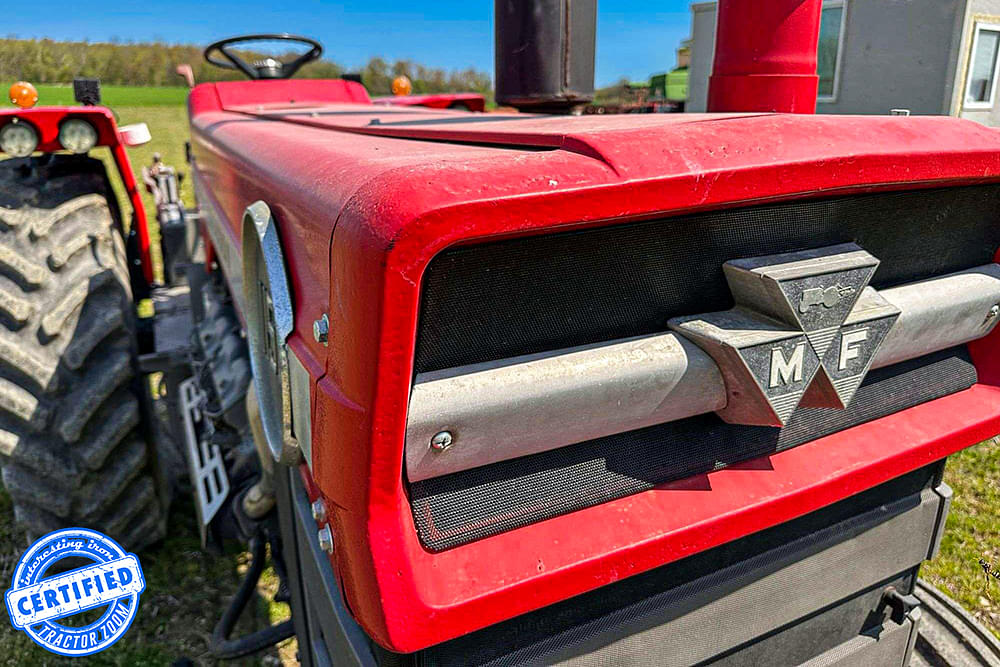
Let’s be honest; Massey 1150s don’t show up on auction every day. I know this is the first one I’ve seen in 2023. And while it’s not perfect, it’s definitely better than most of the ones I’ve seen at auction over the past few years.
The backstory…
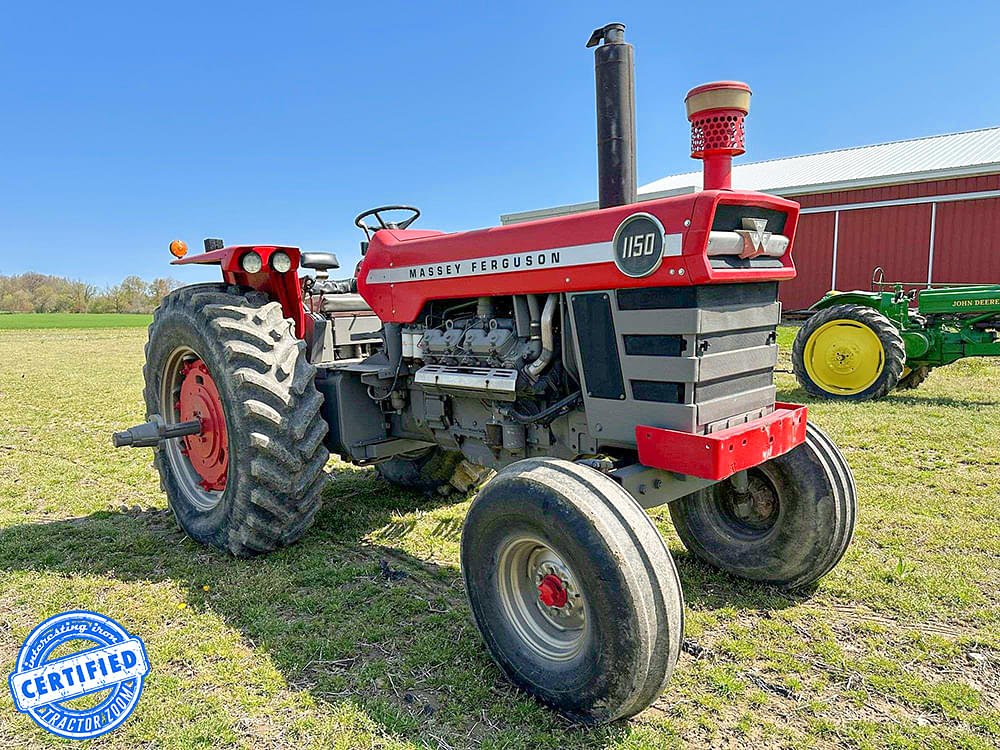
I wanted to know a little more about the tractor, so I called the owner yesterday and had a nice chat. I’m glad I did, too, because as it turns out, the tractor has sort of an interesting story. Matt is the second owner of this machine, and as far as he knows, it’s never left Saint Clair County since it was sold new! For those of you playing along at home, that also means that it’s never ventured more than about an hour from where it was built in Southfield, MI, either!
Apparently, the guy who bought it new only farmed about 60 acres with it. It spent most of its first life pulling an old 6-row Deere planter, a 5-bottom IH plow, and a 14′ IH disk! It never spent a night outside in all the time he had it, either; he always parked in the same place in the barn. Originally a factory cab tractor, it served that him well, right up until one fateful day about 27 years ago.
Decapitating a Massey in one easy step…
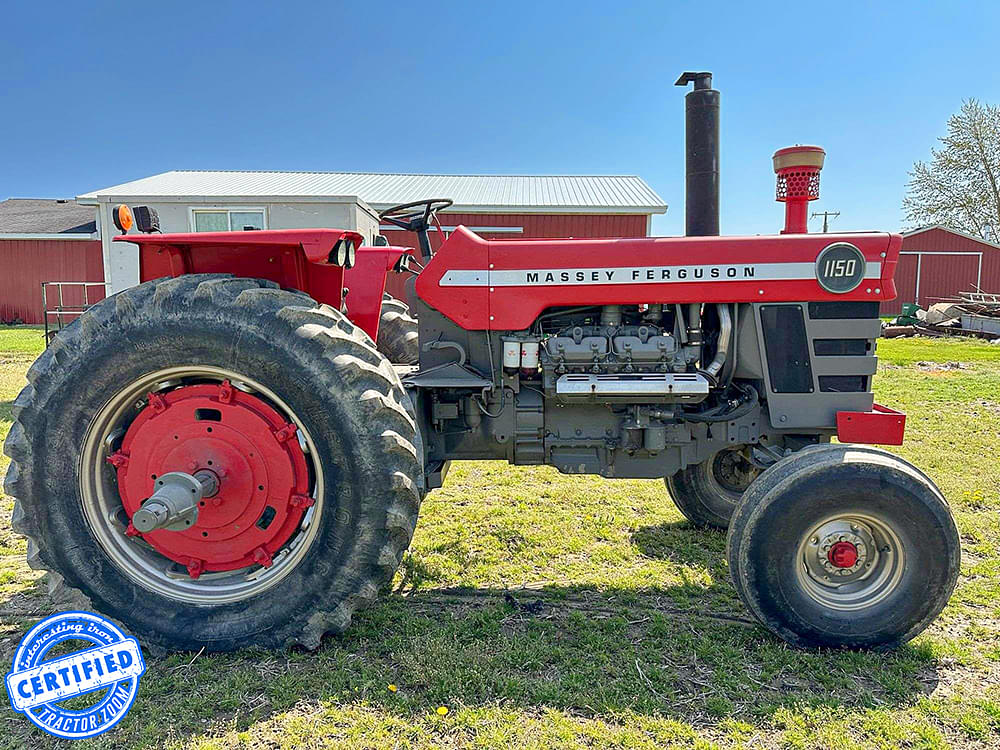
As Matt tells it, one day, the guy hit a tree limb with it and tore the cab up pretty good. That was the last day he farmed with it. He put it in the same spot in the barn and there it sat for about fifteen years. Matt said he always remembered seeing it when he’d drive by on the way to town. Then one day about a dozen years ago, he noticed it parked outside.
That was the day Matt stopped and introduced himself. Eventually, he ended up striking a deal for a handful of the farmer’s equipment, and took it all home – including the 1150 in all its headless glory. See, Matt never saw it as a collector’s item; to him, it was a farm tractor and he fully intended to put it back to work.
Which is exactly what he did.
He said that the hardest part of the whole deal was locating a pair of row crop fenders to make it into an open station. He said, “Man, I called all over the country looking for a pair of those fenders that didn’t cost a fortune. Never found ’em. Turns out that they were right under my nose the whole time! I ended up stumbling on a pair – almost literally – at a local boneyard when I was looking for something else. They weren’t perfect, but I made ’em work!”
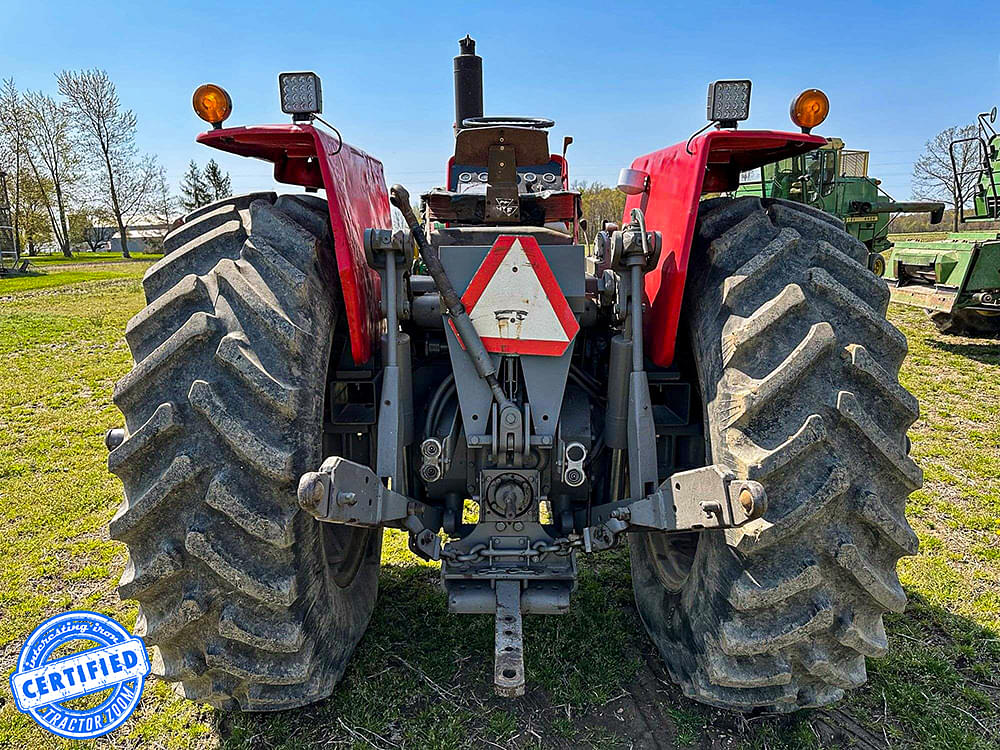
Once it was cleaned up, Matt farmed with it until a John Deere 4850 found its way into the barn. After that, it didn’t get used all that much. For the last four years, the only thing the big Massey did was drag a fertilizer spreader around about a hundred acres each year. Like I said earlier, this tractor has had a pretty easy life.
While Matt owned it, he was pretty religious about making sure it was in the barn every night, and it’s always had very regular fluid and filter changes. About three years ago, he repainted the tractor and also replaced the original tach with a new one. The tach read 3400-something hours and was working at the time, but the needle fell off. Today, the new one reads 179 hours. So as far as total hours on the tractor, it’s somewhere between 3500-3600.
What’s it worth?
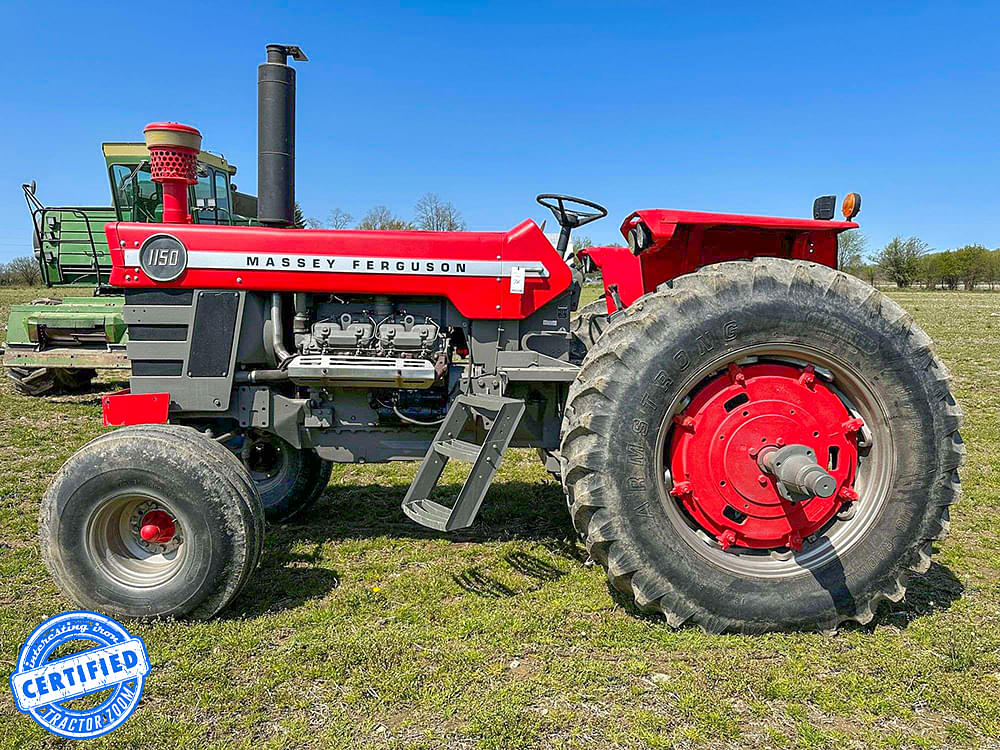
In a word, no. It’s not a record setter. A handful of really nicely restored examples have crossed the auction block in the past few years that set the bar pretty high.
Pros:
This tractor does have a lot going for it.
- A Massey 1150 isn’t exactly easy to find. I’ll be shocked if more than 3 or 4 of ’em cross the auction block this year.
- It’s a V8 row crop tractor. They’re hot right now.
- Save for the fenders, it’s pretty original and fairly complete.
- The tinwork is straight (again, aside from the fenders).
- It runs and drives well. Matt used it a couple of days ago to till up the garden.
- It comes with duals. The tires hold air, but they’ll need attention soon.
- The rubber on the tractor is fairly decent. Not new, but definitely not falling apart.
- Maybe most importantly – Matt has regularly used the tractor and maintained it. When they sit, bad things happen.
Cons:
That said, there’s an elephant in the room that could hold it back, too.
Perkins 510s aren’t real easy to find parts for, and when you do find them, they can be spendy. More often than not, if a 510 wears out or fails, a 540 is a better option to bolt in its place. As far as I know, though, nobody makes a full rebuild kit for a Perkins 510 and dealers don’t stock parts anymore.
Matt’s engine hasn’t been opened up as long as he’s owned it, and he’s never had any issues with it. It might go for another 10,000 hours. Then again, it might snap a crank in August. You never know. Either way, I think it’s an excellent candidate for a full-blown restoration!
So after all that, what do I think it’s worth? I think it’ll sell for somewhere in the $12K-14K range.
Wrapping up…
Even though it’s not a fantastic farm tractor, the Massey 1150 still has a pretty loyal following, and I don’t see this changing. The 1100 series is, in my opinion, one of the best-looking muscle tractors ever built. I put them right up there with the 806 and 1206, and Deere’s 6030. They’re all imposing tractors that command attention, while still retaining character and styling reminiscent of the past. Plus…it’s a V8. Who doesn’t love the sound of a big boomy V8?
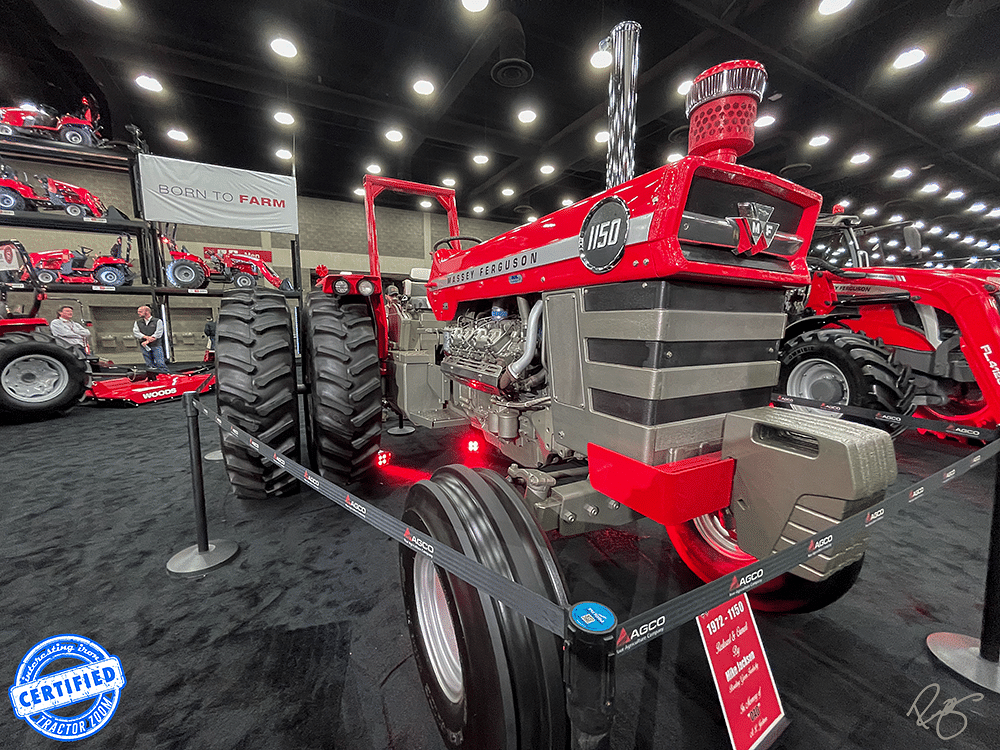
At the end of the day, they’re one of the most sought-after models that Massey Ferguson ever built. Interestingly enough, there’s a very strong market for 1150s in western Europe. If you go to YouTube and look for Massey 1150 videos, you’ll find a tremendous number of videos from Holland. In fact, the first one I ever promoted was on a sale in north central Iowa back in 2019. The day after the auction wrapped up, the auctioneer called to thank me for the extra exposure. Apparently the winning bid came from a guy in Holland who saw it on our Facebook page!
If you end up buying the one that sells on June 6, please get in touch! I’d like to hear the plans for it!
Auction Date: June 6, 2023
Auctioneer: Albrecht Auction
Format: Online (Bidding is open now)
Location: Greenwood Twp., MI
TZ Auction Listing

